A few years ago I used to photograph litchen and moss, then I stopped as you can't find those everywhere. Litchen is a very interested subject to focus on, especially if you have a good camera for macro photography. I tried my best with what I had back then and maybe should try next year again in the vine as litchen like old branches.
Today I'm back with another series of moss photography, but first let me show you a few litchen photos, the one I could get yesteryear.

This is actually a nice green one. There are different types, of different colors. I think I've only seen a few, like this green, yellow and white.
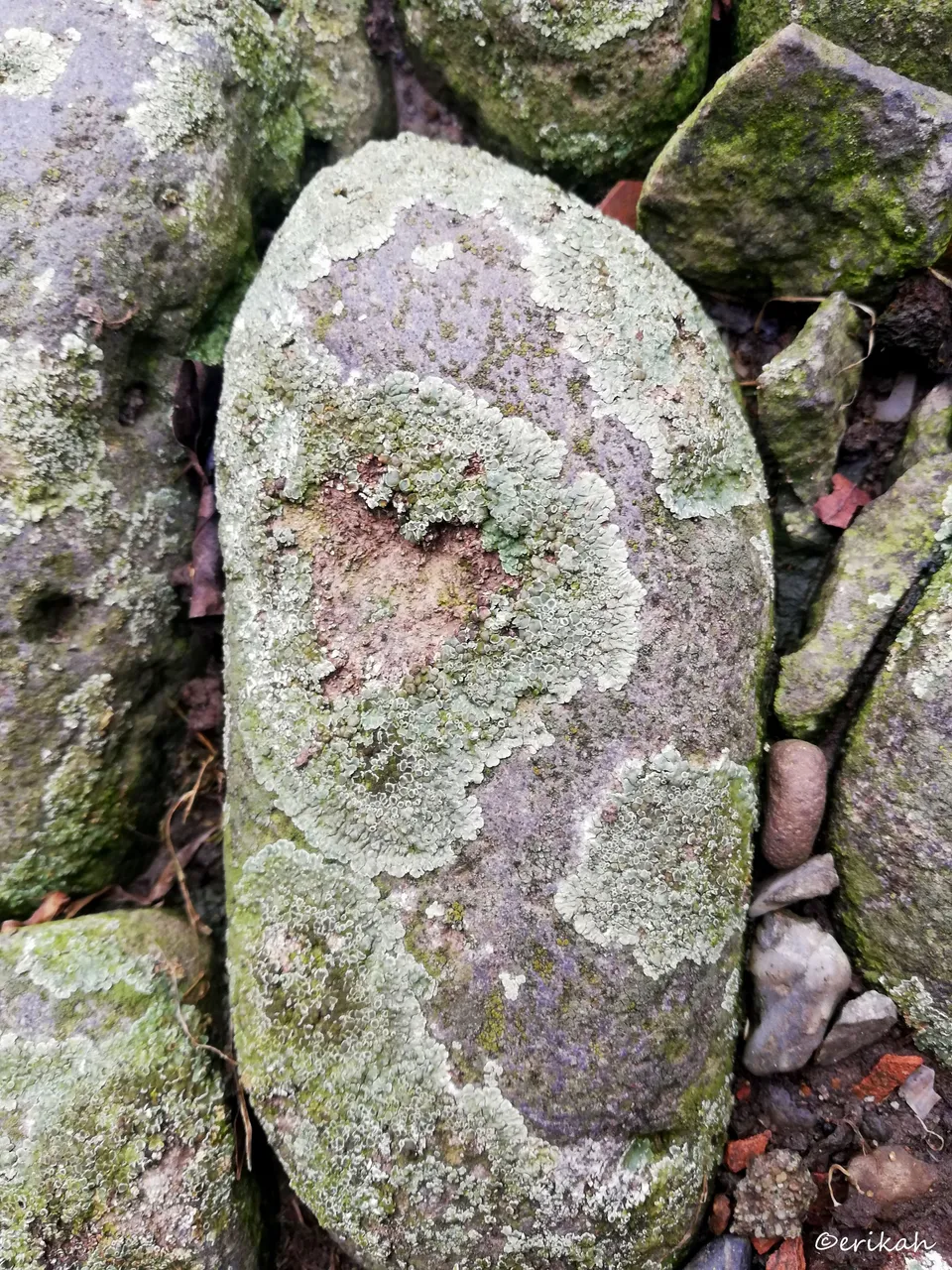
This is the same color but different one as this one was on a rock. It's hard to understand how can these creatures grow on a rock, where there's no fertile soil to give them nutrition, but nature knows better.

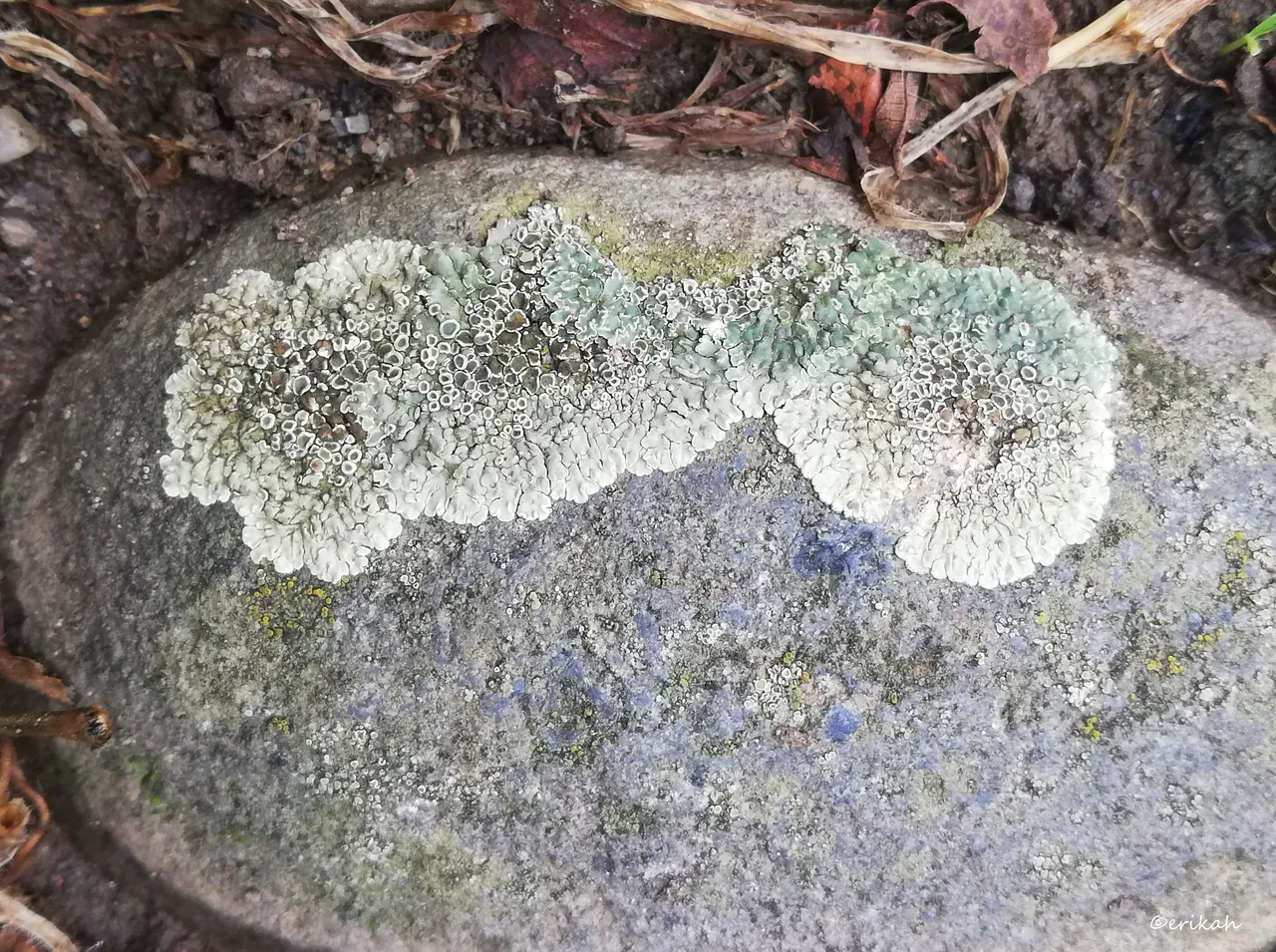
This is an interesting one, I like the shape of it.
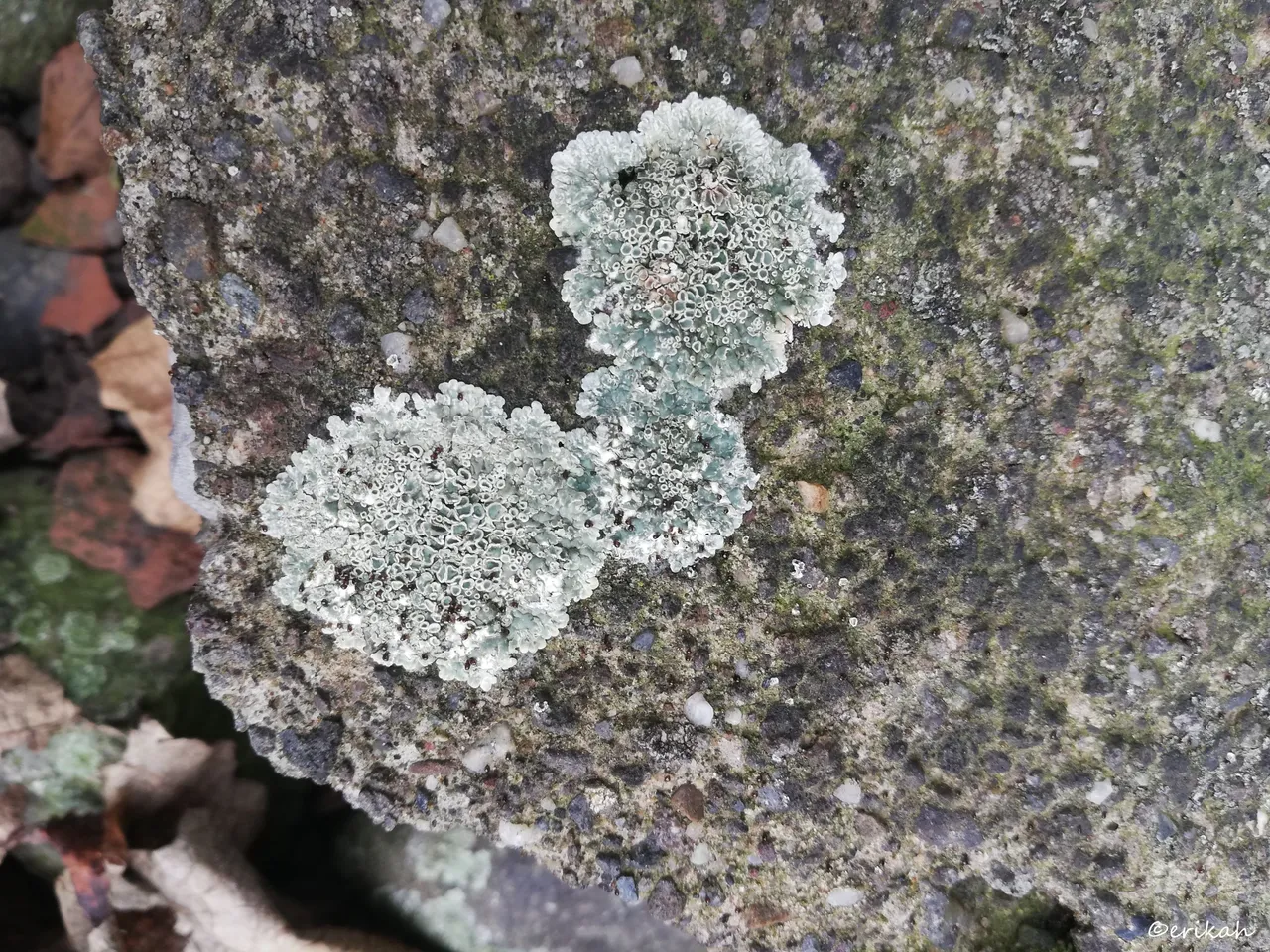
This is even better, it's cute.
Some lichen produce natural antibiotics that kill bacteria. Humans have used these compounds as natural antibiotics. Extracts from many Usnea species were used to treat wounds in Russia in the mid-twentieth century. source
Lichen are the main winter food for reindeer. The deer can get at shrubby lichen under the snow. In summer they have much more choice of food. Some lichen are eaten by humans. A kind of lichen, which is called Iwatake in Japanese and Seogi in Korean language, is collected from cliffs, and used in various Korean and Japanese foods. Lichen have a high level of acid. Care must be taken, as there are at least two kinds of lichen that are toxic. source
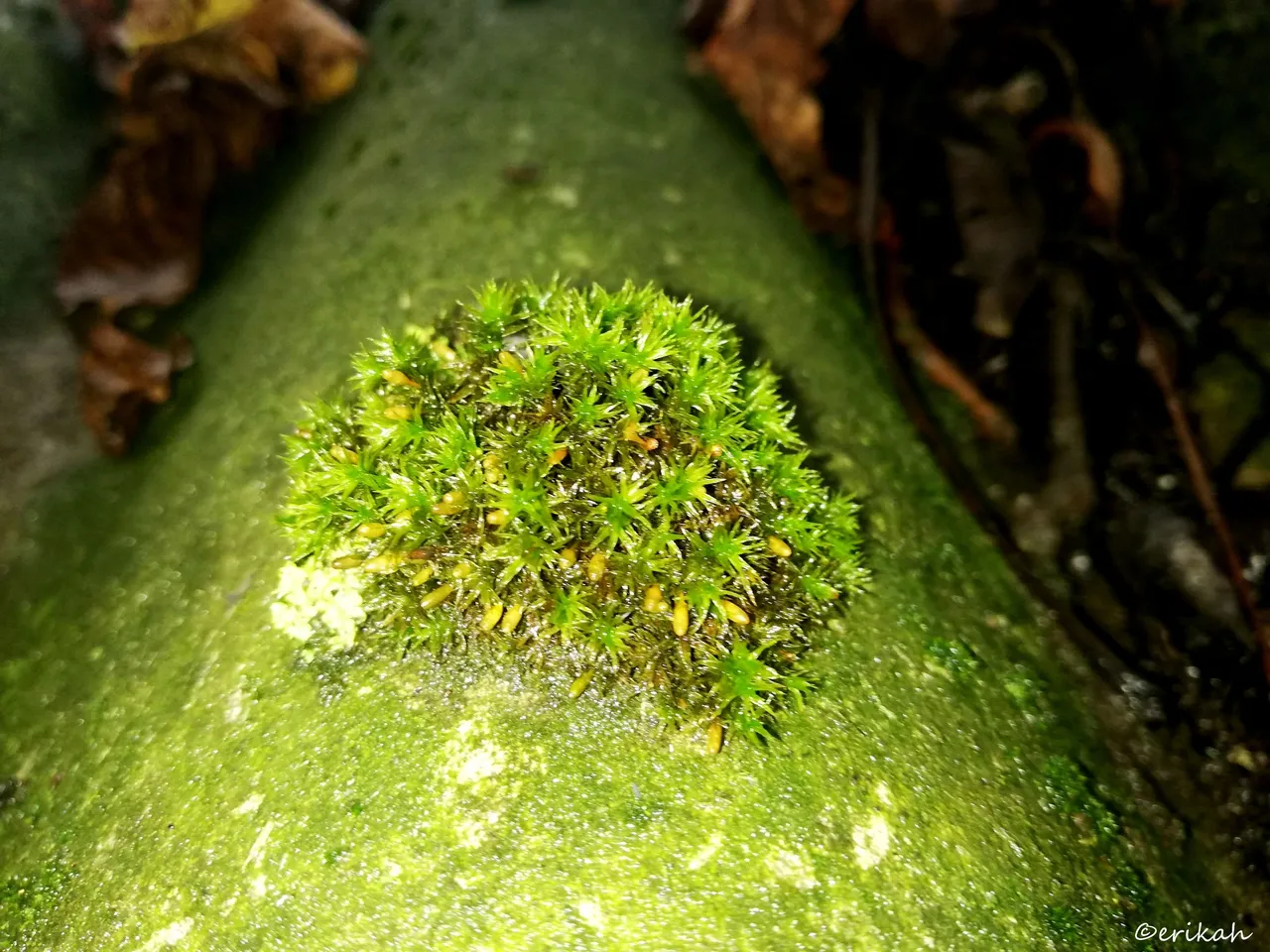
Moss also can be of many type. This one was growing on a rooftop. It is slowly taking over and it looks like in a few years the whole roof will be covered by green moss.

This is a close-up of some moss for you to see how this tiny creature looks.
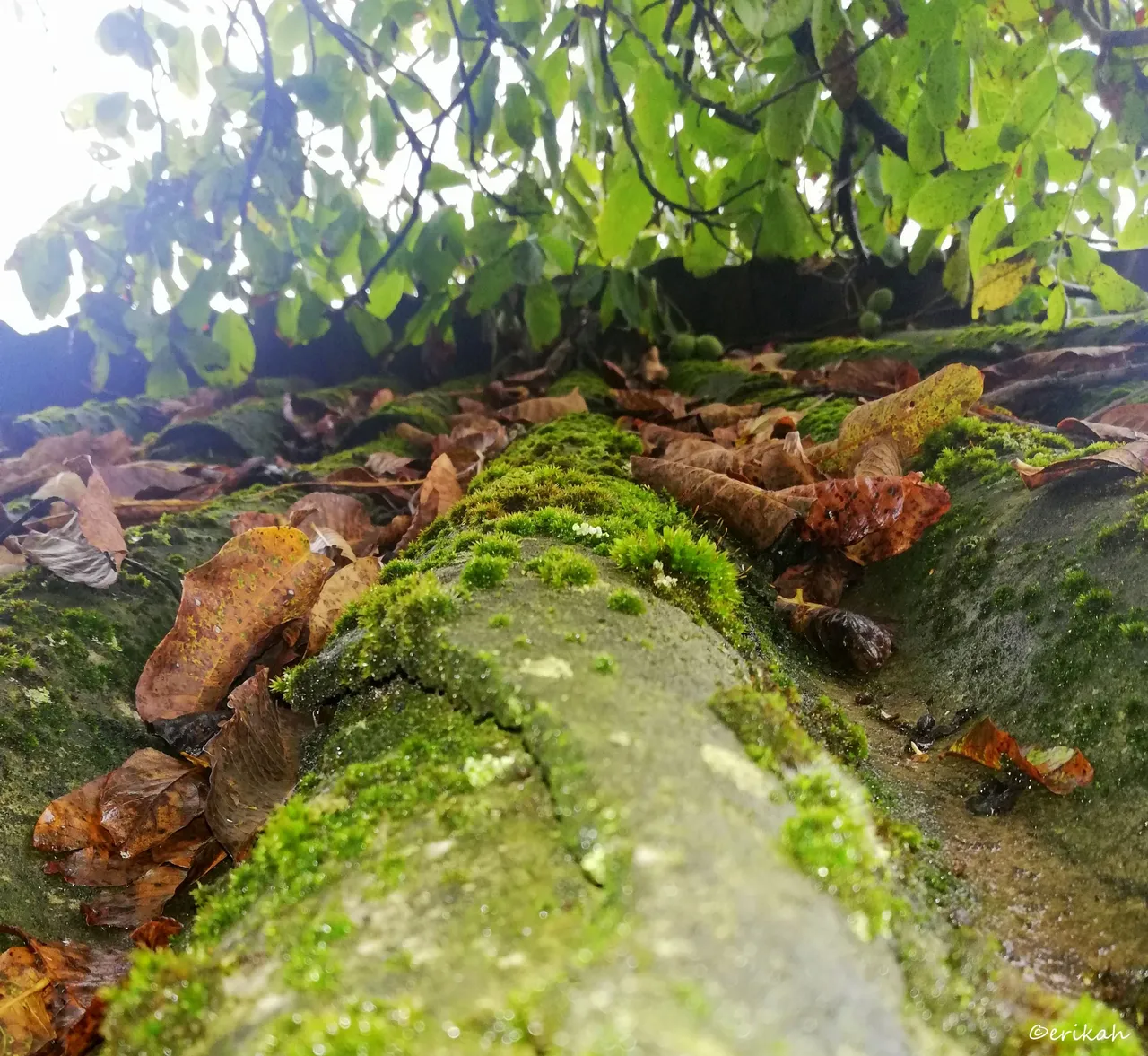
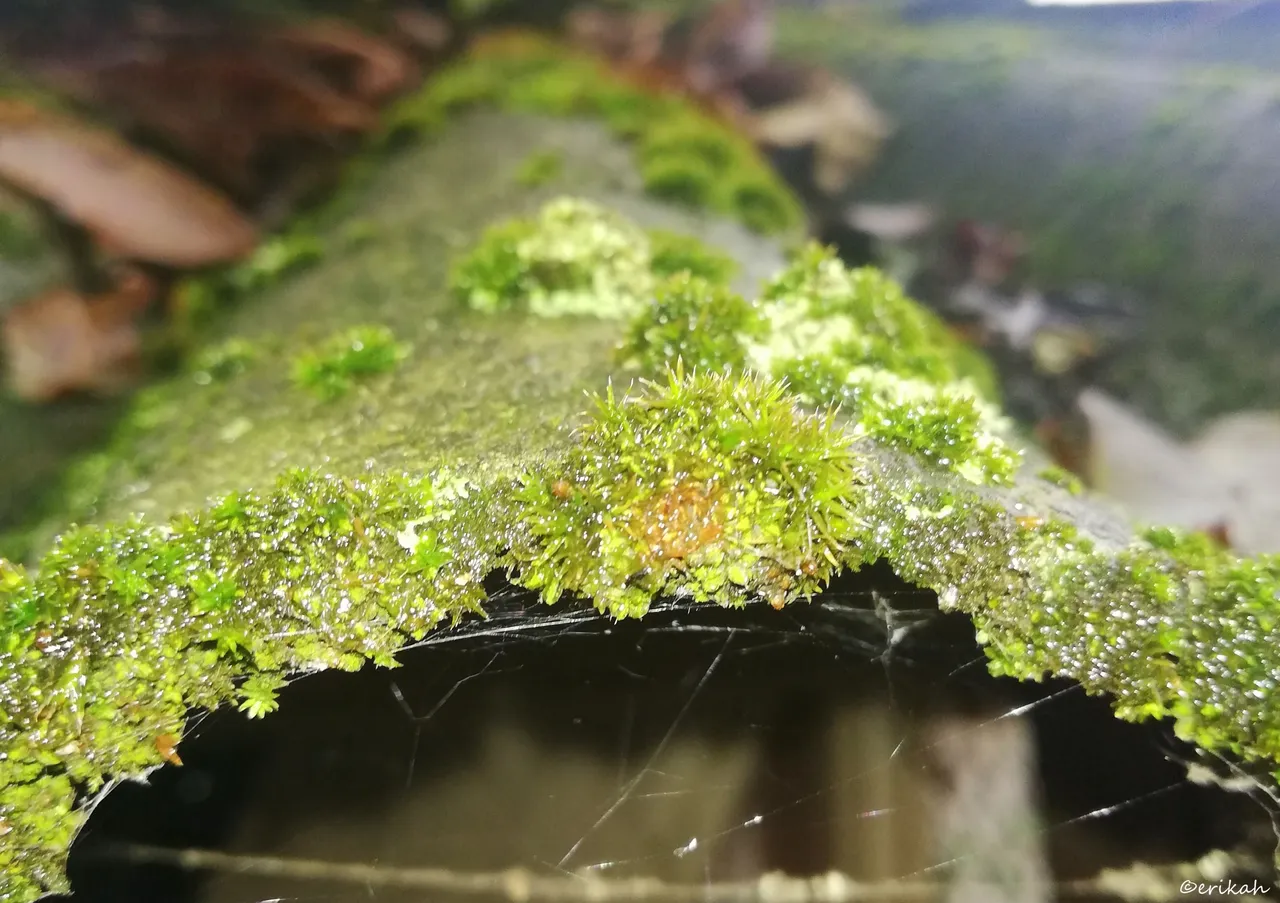
I'm still amazed how these creature can grow in places where there's no proper soil or nutrition. It looks like these are the places they like.

This is another favorite. There was a nail there with a small metal plate (I guess) and the moss started to grow around the metal plate.
Some Sphagnum mosses can absorb up to 20 times their own weight in water. In World War I, Sphagnum mosses were used as first-aid dressings on soldiers' wounds, as these mosses said to absorb liquids three times faster than cotton, retain liquids better, better distribute liquids uniformly throughout themselves, and are cooler, softer, and be less irritating. It is also claimed to have antibacterial properties. Native Americans were one of the peoples to use Sphagnum for diapers and napkins, which is still done in Canada. source
In rural UK, Fontinalis antipyretica was traditionally used to extinguish fires as it could be found in substantial quantities in slow-moving rivers and the moss retained large volumes of water which helped extinguish the flames. This historical use is reflected in its specific Latin/Greek name, the approximate meaning of which is "against fire". source
Nowadays moss is mostly considered something bad, something that evaded your property, makes a mess, unless it's in the wood. I don't think many know how important moss has been for years. It is good to know these things in case you're in the woods and you have no other choice than use moss.

